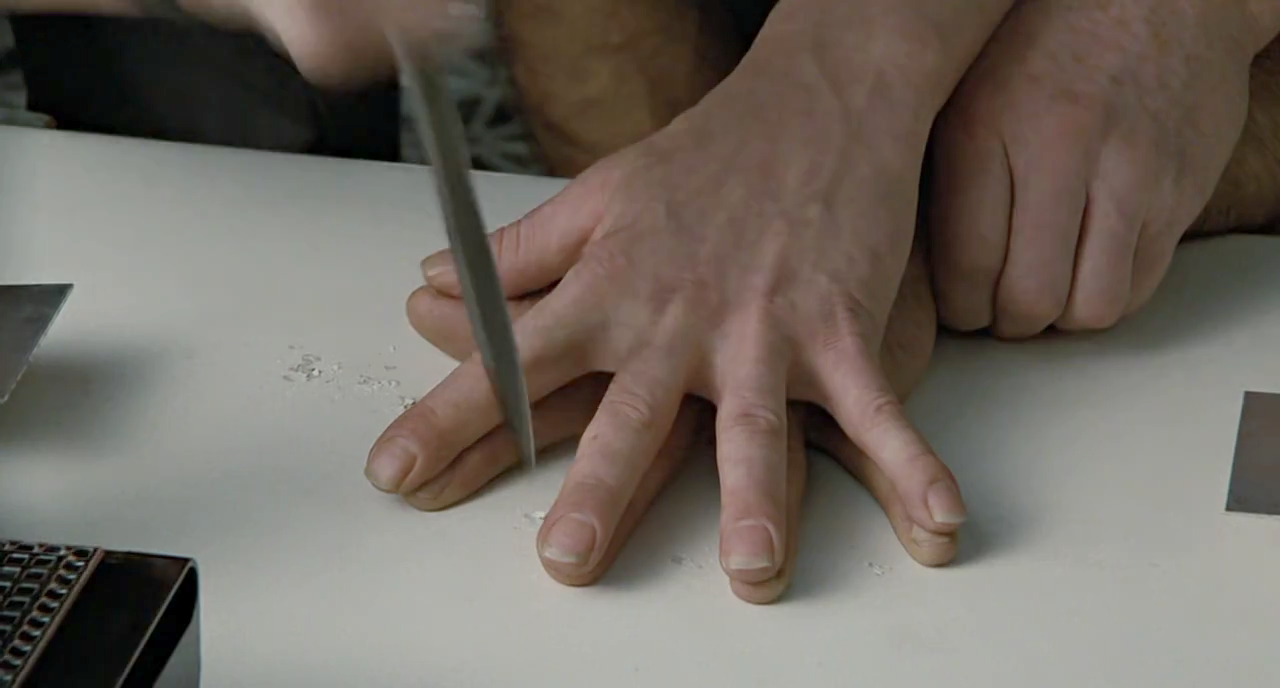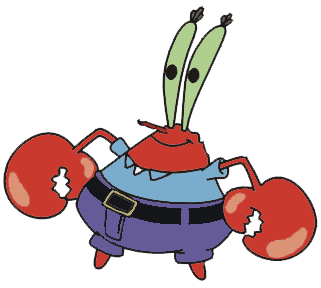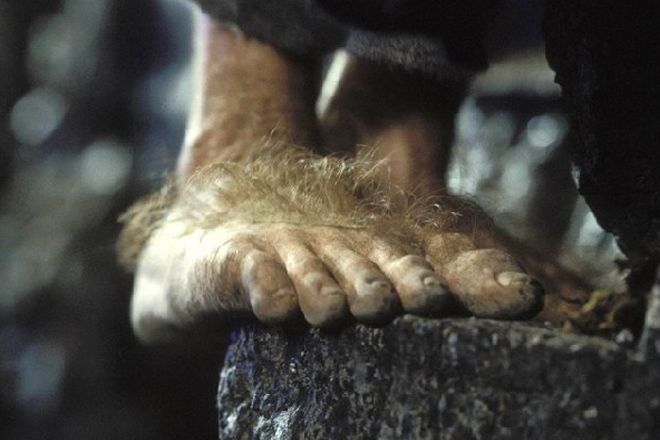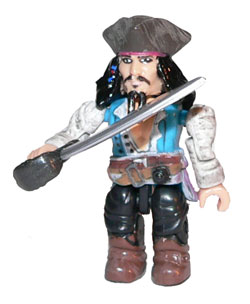Super Mario III:
A relatively simple slot-machine minigame that gave you a corresponding power-up if you won:
Slot machines games can be found anywhere from Pokemon to GTA. Are they trying to get kids addicted to gambling? Yes.
Mortal Kombat:
For no conceivable reason, the original Mortal Kombat had you furiously pound buttons to karate-chop your way through some boards, because murdering a God with your bare hands wasn't enough of a test to your might.
Street Fighter II:
In the same vein as Mortal Kombat, there were a pair of between-match games that allowed you to kick the hell out a car, or punch barrels. Why? Because of fists, that's why. What are you, a Commie, Zangief? Again, the competitive punch-kicking nature of this minigame was on-par with the rest of the game, but it was a poor consolation winning after having your ass handed to you by a Chinese woman with enormous thighs.
GTA IV:

GTA IV was about a Slavic illegal immigrant trying to get make ends meet while getting revenge through criminal activities. It also had bowling.You call up friends and go out and play minigames like pool, darts, and bowling. Or, you could run over the hookers you just fucked. That's the joy of sanbox games.
Red Dead Redemption:
Rockstar has a thing for minigames. The cowboy epic Red Dead Redemption had poker and a hard-as-hell game that was reminiscent of the knife trick from Aliens:

It also introduced me to Liar's Dice, which is like poker, but with cups and dice. You could also play these games online with other players. With mics. Strangely, this led to some of my most memorable experiences with the Xbox 360 Live. I listened to two distant friends playing Liar's Dice talk on and on. The one dude really opened up and talked about the problems he was having with his girlfriend and his past struggles with drug addiction. Things got awkward when he mentioned how I had my mic on, but I wasn't saying anything. I owned their asses and moved on.
Final Fantasy VII:
_046.png)
Final Fantasy VII was the most epic game to ever epic and epic. There was an entire section of the game devoted to an ill-placed amusement park full of arcade games YOU COULD ACTUALLY PLAY. One of these involved feeding a pet mog, another involved snowboarding, but the best was a Road Rash clone using a motorcycle and a Buster Sword, and the sweetest music ever. Sometimes listening to the Fox 99.3 (The Fox ROCKS!) I'd hear one of the radio personalities play this music in the background, and I'd freak out.
Call of Duty: Black Ops:

This minigame is actually hidden in the game itself, but it's part of an Achievement you can get. In the menu screen, you can struggle by rapidly pressing both trigger buttons on your controller until your character escapes, then you can rush off to a computer and type in the command to play a top-down shooter extraordinaire alla Smash TV. It's almost too good to be an Easter Egg.
Fable II
:
Fable II was unique in that you could play the minigames before you played the game proper thanks to a pre-order/Arcade title. Knight's Tower was one of those games, which allowed you to earn money as a reward. It was sort of like Solitaire, but more confusing, and without the winking Jack. The money you earned in the Arcade title also translated over to the real game.
Fallout: New Vegas:
Fallout: New Vegas was a great game, but not as well received as Fallout 3. If it hadn't included mandatory gambling minigames, there would have been riots in the street. It was Vegas, baby! Imagine the confusion players would have if they found out they couldn't actually gamble. Even the Special Editions included poker chips. There was even a "Luck" stat in the game that made the minigames easier to win. There were several casinos where you could go and gamble by playing roulette, poker, blackjack and slots, without the old people reeking of cigarette smoke.









